Nicole schreibt...
Pays de Loire / Normandie 2008 |
 |
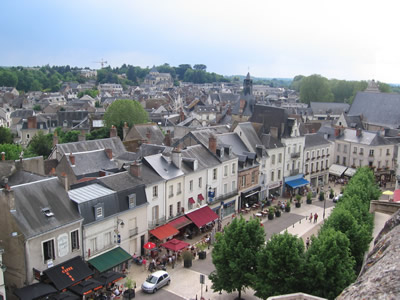 |
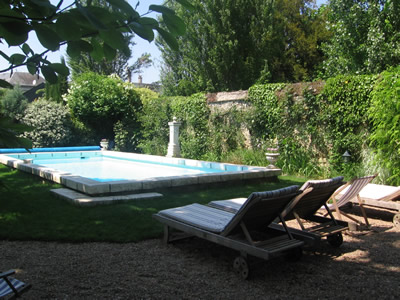 |
Next stop was the Chateau Clos-Lucé back in Amboise, a small residence King Francois I. gave to his aging buddy Leonardo da Vinci who moved in and later died there. You can see for yourself how a genius lived and admire some of his inventions including his flying machine and basic ideas for what would later be helicopters, cars and tanks. After a siesta by the hotel pool, we returned into Amboise to visit the actual castle there, perched on a hill overlooking the Loire. Only one-fifth of the actual castle are still standing now, but there are still some nice rooms to see and the great view to enjoy.
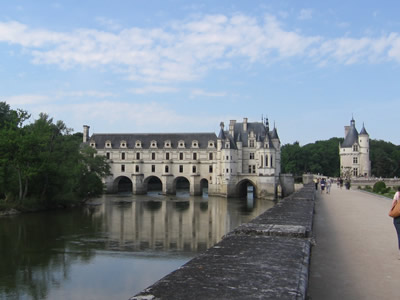 |
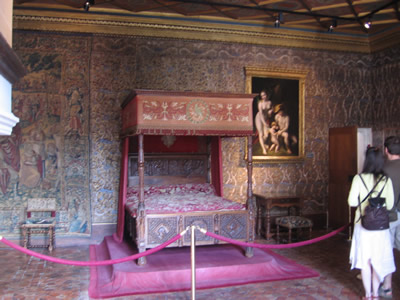 |
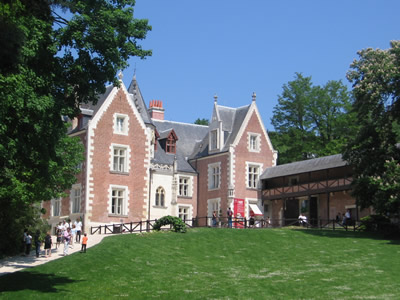 |
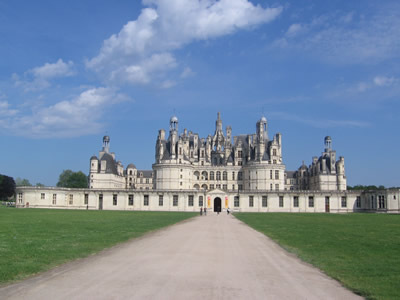 |
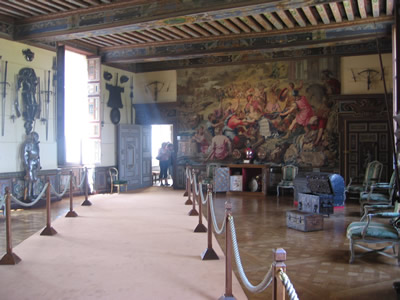 |
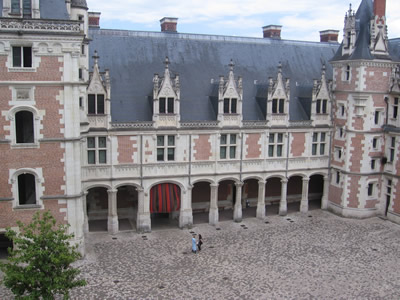 |
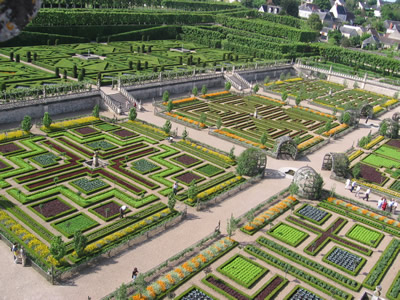 |
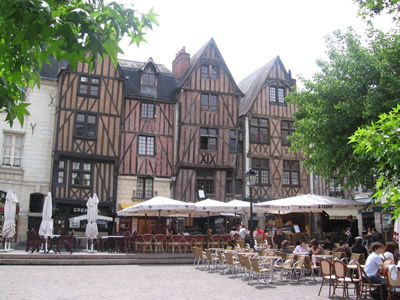
|
Thursday we finally left Amboise behind to venture westwards, stopping at Fontevraud Abbey first, once one of the largest abbeys in medieval France and more importantly, the resting place of Richard Lionheart, his sister-in-law Isabelle d’Angoulême and his parents, Henry II of France and Eleonor of Aquitaine, one of my favorite women in history. So while it was great to stand at their very tombs, the tombs itself stand rather oddly in the middle of an otherwise totally empty huge church. After a lunch break at Saumur (where the castle was still closed for renovations) we went onwards to Brissac, a huge edifice in the middle of a lovely park and the small Aubance river and finally to our humble abode for the next two days, the Château d’Epinay near Angers, where I could finally play princess myself in the gorgeous old-style rooms.
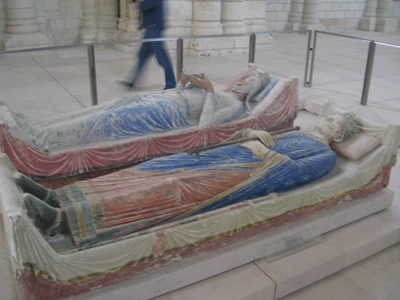 |
 |
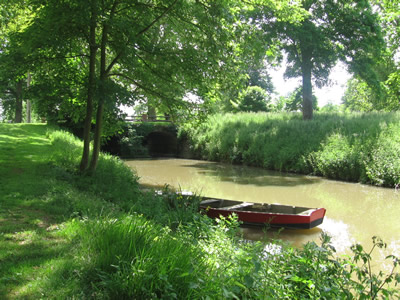
|
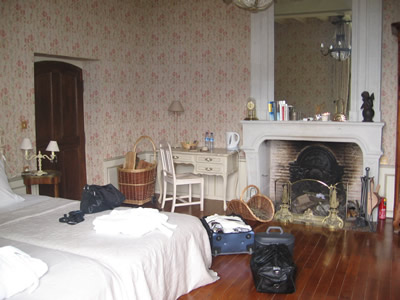
|
The journey continued north then to one of Frances most famous places, the Mont Saint Michel, an abbey towering over a tiny island just off the Breton coast. Since its not as flooded as it used to be, you can normally drive straight across the bay to the island, park there and walk on upwards to the abbey.
The only street leading there is crammed with cafes, restaurants and souvenir shops and the ceaseless stream of tourists made me think of similar tourist traps like Venice and Prague. Still, the abbey IS an amazing monument with many cavernous corridors and rooms underneath today’s large church, thus easily providing lots of fantasy for medieval mystery. We stayed overnight in Avranches, a pleasant little town across the bay, where Henry II. of England once publically flogged himself to try and apologize for having Thomas Becket murdered.
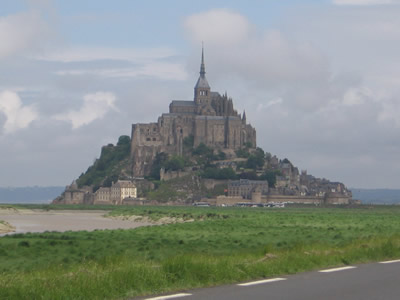 |
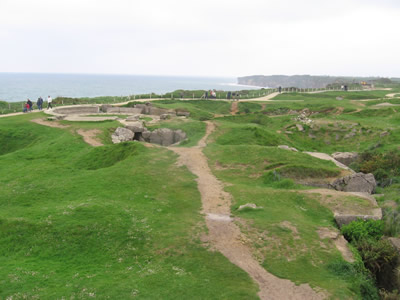 |
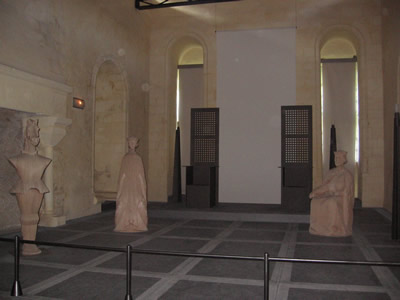 |
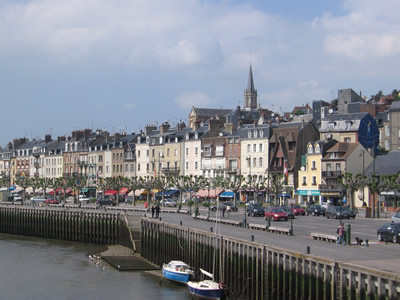 |
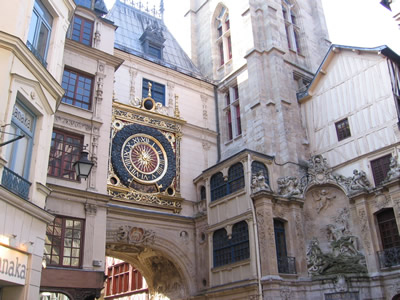 |
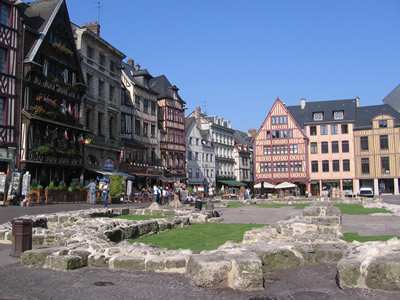
|
Copyright © All Rights Reserved